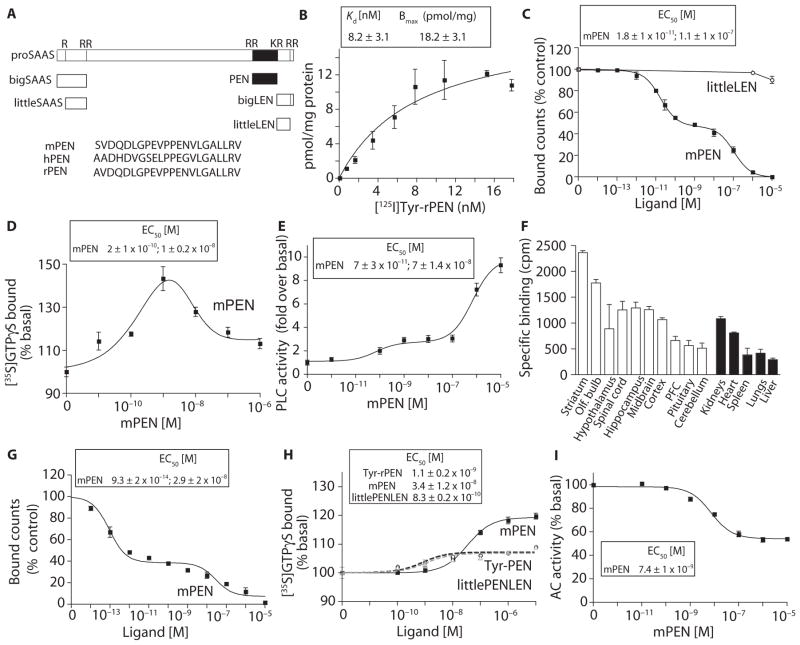Fig. 1. PEN binds and activates a GPCR in the brain.
(A) Schematic representation of peptides derived from proSAAS processing. PEN sequences of mouse (mPEN), rat (rPEN), and human (hPEN) are in single-letter amino acid code. (B) Saturation binding with [125I]Tyr-rPEN in mouse hypothalamic membranes (30 μg). (C) The ability of mPEN and rlittleLEN to displace [125I]Tyr-rPEN (3 nM) binding in mouse hypothalamic membranes (30 μg). (D) The effect of mPEN on [35S]GTPγS binding in mouse hypothalamic membranes (20 μg). (E) The effect of mPEN on phospholipase C (PLC) activity in mouse hypothalamic membranes (10 μg). (F) Specific binding of [125I]Tyr-rPEN in different mouse brain regions and peripheral tissues. (G) Displacement by mPEN of [125I]Tyr-rPEN (3 nM) binding to mouse hippocampal membranes (30 μg). (H) The effect of mPEN, Tyr-rPEN, or rlittlePENLEN on [35S]GTPγS binding in mouse hippocampal membranes (20 μg). (I) The effect of mPEN on adenylyl cyclase (AC) activity in mouse hippocampal membranes (2 μg). Data represent means ± SE (n = 3 to 8 individual experiments).

